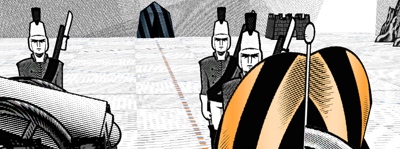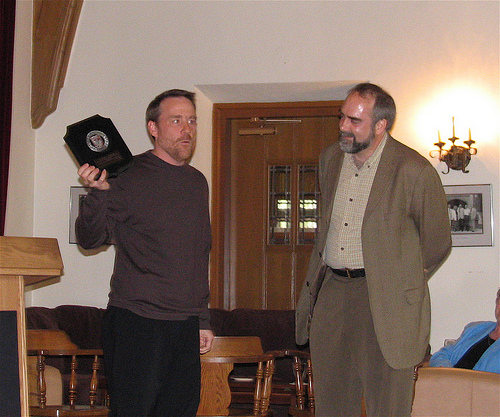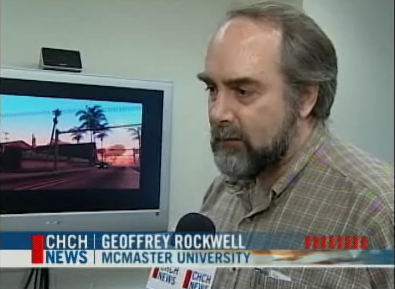I just came across the AHRC ICT Methods Network Final Report edited by Lorna Hughes. It is one of the most thorough final reports of its kind and nicely designed. There is a bitter-sweet conclusion to the report by Susan Hockey and Seamus Ross as the AHDS (Arts and Humanities Data Service) seems to have had its funding cut and therefore cannot renew the Methods Network (or support the Oxford Text Archive either.) As the home page of the AHDS says, “From April 2008 the Arts and Humanities Data Service (AHDS) will no longer be funded to provide a national service.” The conclusion by Susan and Seamus states unequivocally that,
In conclusion, the activities of the Methods Network demonstrated not only that ICT methods and tools are central to humanities scholarship, but also that there was ‘a very long way to go before ICT in humanities and arts research finds its rightful and needed places’. The investment in ICT in the arts and humanities needs to be much greater and it needs to reflect better the particularities and needs of individual communities. Researchers who do not have access to the most current technological methods and tools will not be able to keep
pace with the trends in scholarship. There is a real need for support and infrastructure for distributed research. (page 74)
Interestingly they propose a “flexible co-ordinated network of centres of excellence as the best way forwards”. (Page 74) I also liked the report because it kindly mentions TAPoR,
The group looked at how collaborations are fostered and supported, how partnerships are brokered in the first instance, and how this work is rewarded and evaluated by the different communities. Geoffrey Rockwell, Project Director of what is almost certainly the largest collaborative humanities software development project in the world, the TAPoR (http://portal.tapor.ca/portal/portal) project in Canada, shared his experiences of how the development of a collaborative and inter-institutional set of tools for text analysis was managed within the project. TAPoR was funded by the Canada Foundation for Innovation and succeeded in its overall goals in providing general purpose text analysis tools. The TAPoR site reports that its tools were run over 5000 times in November 2007. TAPoR provides strong evidence that networked collaborative tool development can succeed. (Page 63)





